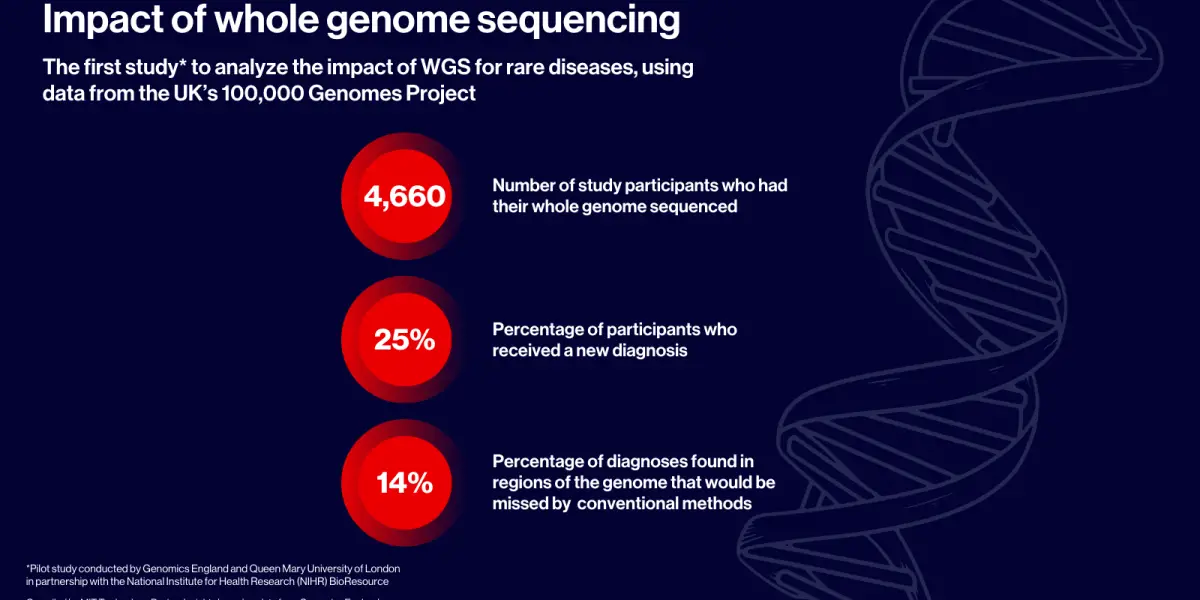Issues facing the global community have also spurred innovation in life sciences. Research in areas like agriculture technology and virology could help address some of the challenges wrought by climate change, which, as Freeman asserts, directly contribute to global instability. “The big flashpoints geopolitically in the next few years are probably going to be around water, food, pandemics, energy.”
And the industry has had other measurable results. Turnover in the UK’s life sciences industry jumped from £63.5 billion in 2016 to £94.2 billion in 2021.
Guided by proven expertise and academic excellence
With two of the top five universities for biological sciences in the world — the University of Cambridge and the University of Oxford — the UK has a solid foundation for investment in life science innovation. “We have really deep science that you can’t buy off the shelf,” Freeman says.
As an example, Freeman points to the MRC Laboratory of Molecular Biology, which has 24 Nobel prizes shared among its researchers and alumni in chemistry, and medicine and physiology. In the area of chemistry, the MRC Laboratory has more Nobel prizes than the entire country of France. “Those kinds of labs don’t just suddenly appear; they are incubated through layers of great science over years,” Freeman says.
The UK has also long been home to a strong pharmaceutical industry. For example, GlaxoSmithKline can trace its history in the UK back to 1715 and it now has nine manufacturing sites there. And AstraZeneca, which was formed after a merger between British and Swedish companies in 1999, bases its global headquarters in Cambridge. “We’ve had some big pharmaceutical companies here, and they’ve stayed here,” Freeman comments, pointing to the expertise this alone has incubated in the UK.
The National Health Service leads the way
Another factor that has enabled the UK to emerge as a leader in life sciences R&D is the National Health Service (NHS), one of the world’s first universal healthcare systems. Dr. Julia Wilson, associate director at the Wellcome Sanger Institute, says, “If you’re going to do longitudinal large-scale studies, following patients over time with repeated monitoring of diseases, risk factors or health outcomes, then you need a healthcare system that can enable you to access all the relevant information and recall patients.”
Such studies undertaken by the NHS have focused on issues like long covid and cognition in people over 50 years of age. “These studies are very much a partnership with the patient, scientists, and clinicians,” says Wilson. However, the institutions supporting life sciences R&D in the UK do not co-exist in a vacuum. There is “a good track record of collaboration across the different sectors,” Wilson says. “Within life sciences, there is porosity between academia, commercial, NHS, that really helps our R&D succeed and deliver.”
Deliberate collaboration for cutting-edge research
This collaboration is backed up by investment from both the government, as well as the charity sector. One such charitable global health foundation, the Wellcome Trust, announced in early 2022 that it would invest £16 billion in the UK over the next 10 years in four interlinked areas of life sciences: discovery research, infectious disease, mental health, and climate and health.
Source link










Leave a Reply